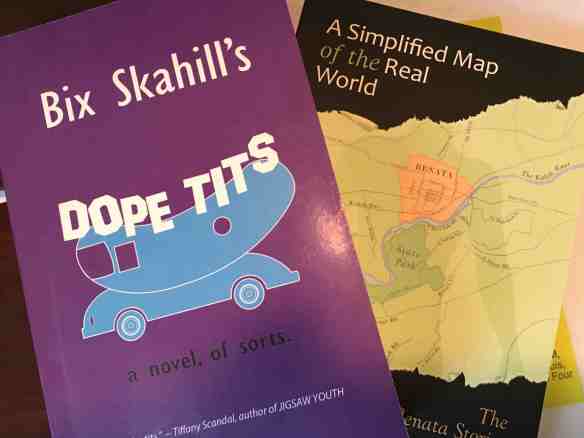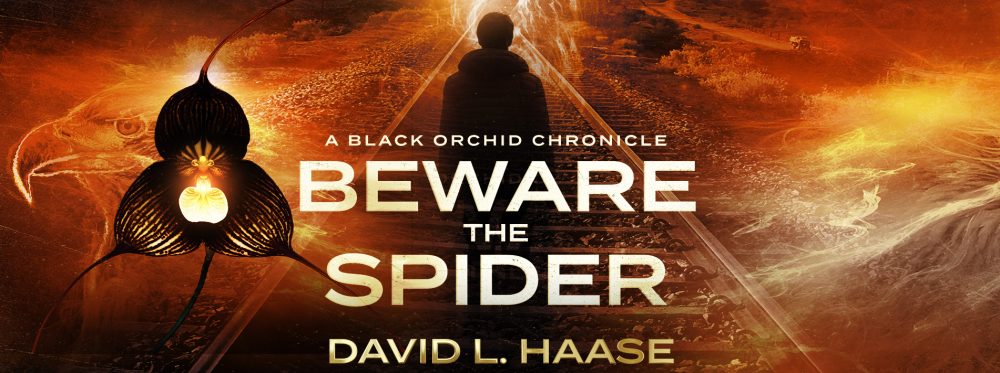I didn’t plan to buy any books at the annual convention of the Association of Writers and Writing Programs (#AWP) at the Washington, DC, Convention Center.
I have more books now than I have time to read. Besides, I’m trying to write books for other folks to buy.
Nonetheless, I succumbed:

- Dope Tits by Bix Skahill. I mean, how could I not? Bix, we will meet again, whether you like it or not.
- A Simplified Map of the Real World by Stevan Allred. I met the founder and publisher of Forest Avenue Press, Laura Stanfill, and shared her enthusiasm for two graphics in the book, one the author’s hand-drawn map and the other a diagram linking the characters of the various stories. I love people who experiment. Always have. Best of luck to you.
- Color Your Campus – Indiana University. As a left-hander, I hate coloring, but I’m trying to understand the fad that accounted for last year’s increase in sales of print books, and I know a bit about I.U. from my years as a reporter in Indiana.
- I will read Allred and Skahill, but I can’t promise I’ll color I.U. I’m still left-handed, and the smearing problem has not gone away.
Finally, I let a good one get away.
It was a memoir about the Viet-Nam war set in the early 1960s before the huge American military buildup and executed by a Vietnamese author as a graphic book. I thumbed through it, comparing observations against my own experiences and unpublished memoir (HIDDEN WAR: A Memoir of the CIA’s Secret War in Laos).
I should get this, I thought. But my backpack weighed heavily on my right shoulder, and I figured I would pick it up on Day #2. I never found it despite haunting the bookseller aisles in the exhibit hall.
I regret that decision. If anyone knows the book I’m talking about, I would love to hear from you.
Lesson Learned: When your gut says Buy it, buy it.
One more post to come inspired by the AWP: Hitchcock: What to Tell the Reader – What?


